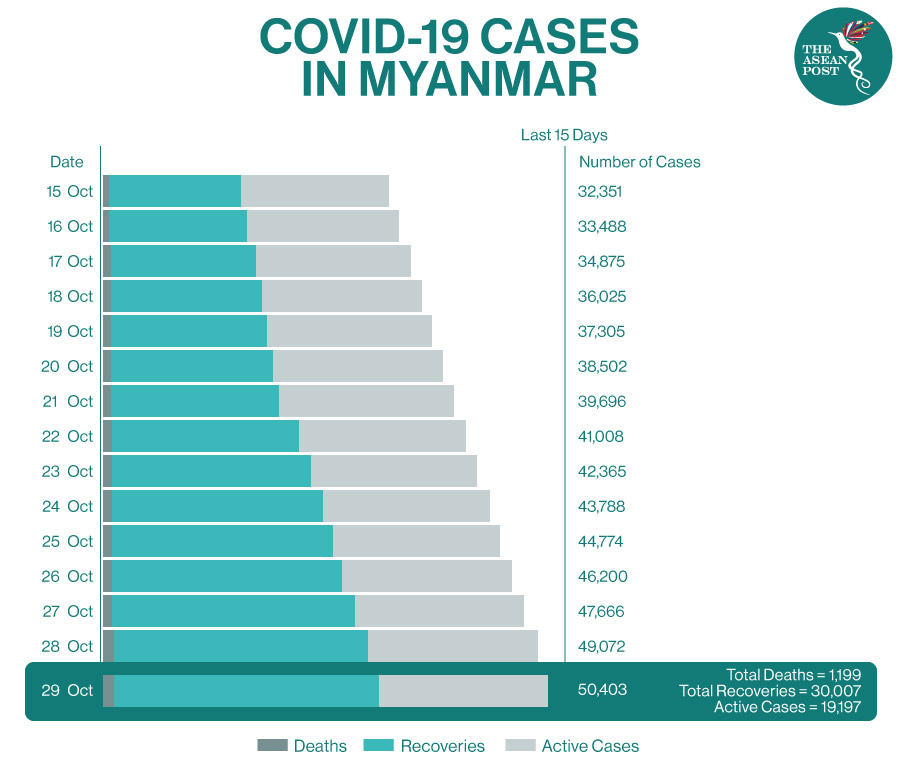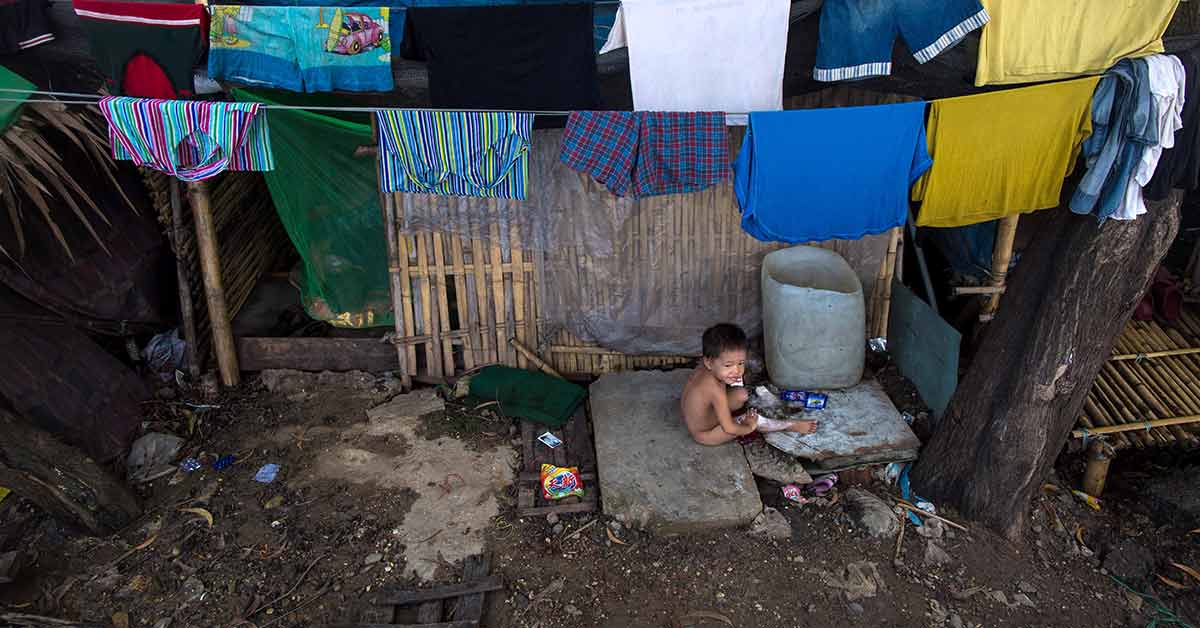Some 45 million people around the world have been infected with the COVID-19 virus, with over one million fatalities reported to date. However, the impacts of the coronavirus go well beyond healthcare as the deadly outbreak is hurting millions of livelihoods and the economy in general as well.
Although almost everyone is vulnerable to the economic implications of the current crisis, those who already face the highest risk and degree of socioeconomic marginalisation will be the most severely affected, notes Dr Haniza Khalid, Senior Development Economist at the United Nations Development Programme (UNDP) Malaysia. This group of people include women and children, refugees, migrants, minorities, persons with disabilities and the elderly, among others.
In her article titled, “COVID-19 and the Most Vulnerable Among Us,” she writes that for these already vulnerable families, lost income due to an outbreak can translate to spikes in poverty, missed meals and schooling for children, and reduced access to healthcare.
According to the World Bank, global extreme poverty is expected to rise in 2020 for the first time in over 20 years due to disruptions caused by the COVID-19 pandemic. The ongoing pandemic is estimated to push an additional 88 million to 115 million people into extreme poverty this year, with the total rising to as many as 150 million by 2021.
For ASEAN member state Myanmar, things have been difficult amid the crisis as some citizens struggle to afford a single decent meal.
Myanmar was once in a comfortable position, recording just 374 confirmed cases of COVID-19 on 16 August. However, just over two months later, COVID-19 cases have surged past the 50,000 mark as of yesterday with 1,199 deaths so far.

Poverty In Myanmar
The World Bank has reported that the pandemic is dealing a severe blow to Myanmar’s economy. The Myanmar Economic Monitor had projected the kingdom’s economy to grow at 6.8 percent in the 2018 to 2019 fiscal years but the rate is expected to decline to 0.5 percent instead.
In July, Hans Anand Beck, the World Bank Lead Economist for Myanmar also said that the country’s economy shrank about five percent compared to before the COVID-19 outbreak.
As of mid-2020, an estimated 250,000 Myanmar workers have lost their jobs as a result of the COVID-19 pandemic.
The slowing economic growth threatens to partially reverse Myanmar’s recent progress in poverty reduction while reducing the incomes of households that are already poor, said the World Bank.
Even before the COVID-19 crisis, poverty rates were already high in Myanmar. It was reported that about 30 percent of Myanmar’s population are classified as poor, with 20 percent of them living in rural areas.
Despite efforts and progress, one out of four people are still under the poverty line in Myanmar, according to the “Myanmar Living Conditions Survey 2017,” released last year by the country’s Ministry of Planning and Finance.
U San Myint, director general of the Central Statistical Organisation also said that people just above the poverty line in Myanmar are still vulnerable and can fall below the line again due to unexpected factors such as health problems or loss of employment.
‘People Are Eating Rats’
Back in March, 36-year-old Ma Suu had to close her salad stall and pawn-off her jewellery as the first coronavirus wave hit Myanmar. During the second wave, a stay-home order was issued in her city, Yangon, which meant that Ma Suu had to shut her stall again and sell more belongings.
She told the media that her husband, an out of work construction labourer, had to resort to hunting for food in the open drains by the slum where they live.
“People are eating rats and snakes,” Ma Suu told journalists. “Without an income, they need to eat like that to feed their children.”
According to reports, although rats, reptiles and insects are often eaten by families in rural areas, people in some urban areas are now resorting to similar ways of getting nutrition however they can.
Many children and mothers in Myanmar have already struggled to access adequate nutrition, according to the United Nations Children's Fund (UNICEF). The organisation also pointed out that 25 percent, or only two out of 10 young children in Myanmar receive adequate diet in quality, diversity and quantity.
Unfortunately, the coronavirus crisis may further exacerbate the situation. According to the United Nations (UN), the pandemic will see nearly seven million more children experience stunting as a result of malnutrition.
Yesterday, the government of Myanmar announced that it will further extend the country’s COVID-19 preventive measures until the end of November.
Nay Min Tun, a local administrator said that in his part of Hlaing Thar Yar – where Ma Suu lives and is also one of Yangon’s poorest neighbourhoods – 40 percent of households had received aid, but many workplaces were still shut and people had become more desperate.
Related Articles:
